How To Choose The Right Sleeping Bag
When overnighting in the wild backcountry, many of the factors contributing to our comfort and safety are beyond our control. For example, we have no say when a curious bear might decide to pay our campsite a visit, when a storm might blow in, when a mosquito might sneak through our protective mesh, or over the decibel level of our camping partner’s snoring. However, one factor that does remain within our power, is our choice of sleeping bag. Getting this vital piece of kit right can often determine the difference between a good night’s sleep and a bad one, saving yourself from the rude awakening of a sweat soaked sleeping bag, and/or maybe even a touch of hypothermia. With so many options available on the market and a gauntlet of technical jargon. specs and buying guides to decipher, below we summarize the ‘need to know’ taking you through the ins and outs of sleeping bag ratings, specifications, so you can make the right decision when it comes to buying your own.
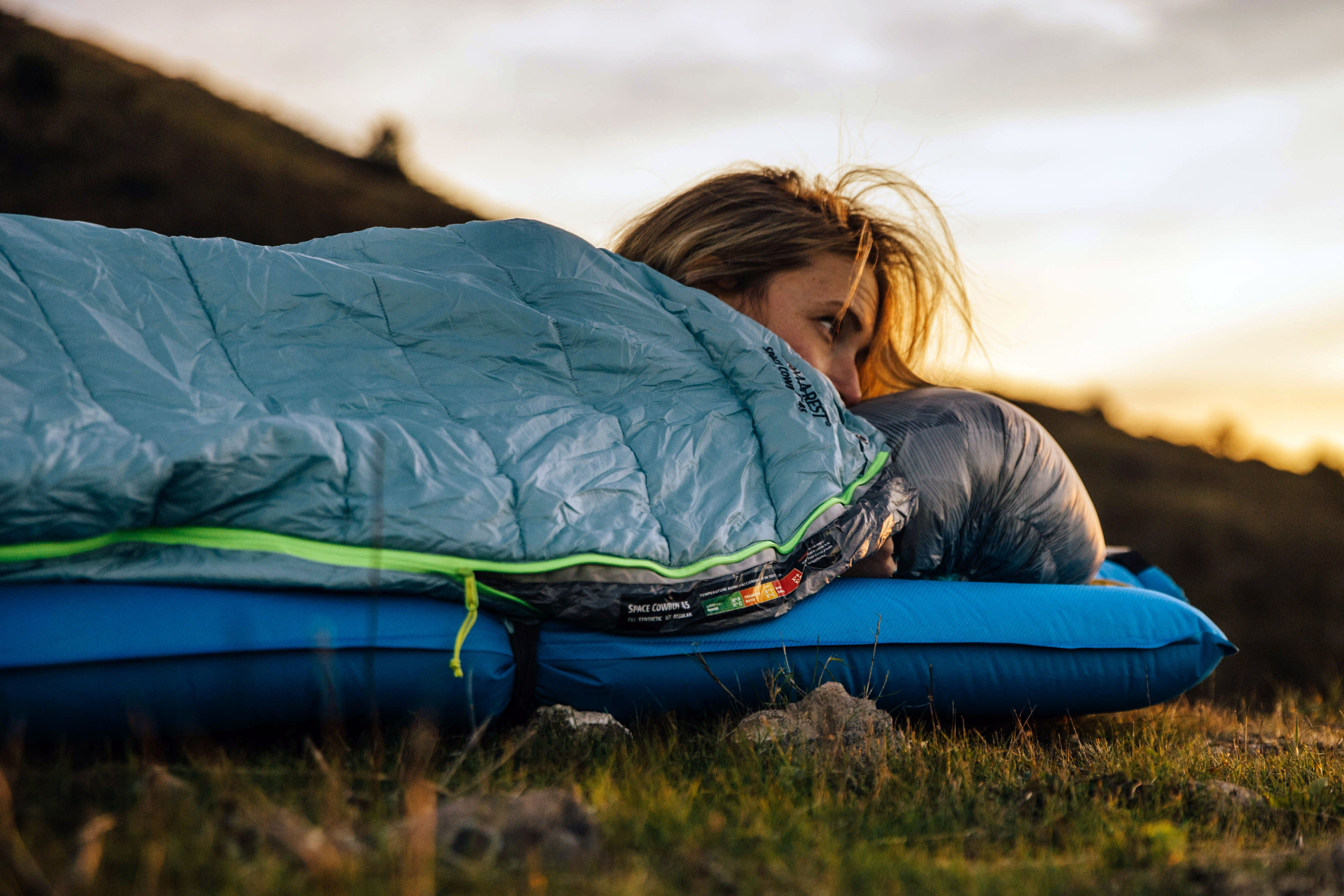
Making Sense of Temperature Ratings
Undoubtedly the most important feature or spec to consider when buying a sleeping bag is the temperature rating, which usually places the bag in one of three categories: summer, three-season, or winter. A summer bag is usually good down to temperatures of 35°F, a three-season bag down to 10-35°F, and a winter bag for anything below 10°F.
These figures, however, can be ever so slightly misleading, and temperature ratings are not uniform across-the-board. Any attempt to explain these variations most often results in only more confusion so below we’ve simplified things down to the bottom line, ‘need-to-know’ essentials for the three most common types of temperature rating in use: low-limit, comfort limit, and the all-inclusive high-comfort-low limit.
1) Low-Limit Rating
This is lowest temperature at which your bag will remain comfortable, not the ideal temperature. When opting for a sleeping bag brand that uses a low-limit rating, be sure to choose a model that is low-limit rated 10 or 15 degrees below the actual temperature you expect to encounter when camping.
2) Good Night’s Sleep (Comfort) Rating
Used by brands such as Mountain Equipment, this rating does not provide an extreme low but an ideal average temperature at which the sleeper will be comfortable. This means the low-limit of a bag will be well below the stated temperature and you can choose a bag rated as much as fifteen degrees above the lowest temperatures in which you expect to be doing your camping.
3) High-Comfort-Low Rating
The most detailed and user-friendly rating by far, this system simplifies things by offering the full range of recommended temperatures for usage, allowing you to match the expected temperatures you’ll be camping in to the bag itself. If only all manufacturers would follow suit…!
The Bottom Line
Manufacturers provide the above ratings on the assumption that the user will be sleeping in a thermal top and trousers and using a sleeping mat or pad. If you prefer to sleep in your birthday suit and naked, be sure to go for a slightly lower comfort rating! It’s always best to allow a reasonable ‘buffer zone’ temperature-wise. If you are headed somewhere expecting 40°F, purchasing a bag with a 20°F low-limit rating is still a good idea – you never know what the weather might kick up and 20°F corresponds to the absolute minimum temperature at which the bag should be used, which is sure to be a few degrees below the ideal comfort temperature. At the other end of the scale, a bag with a 30°F comfort rating is going to be a bit toasty if you’re summer camping and the air temperature is around 50°F. Nevertheless, in this scenario, you can easily resort to availing yourself of any sleeping bag’s built in air-conditioning…the zipper!
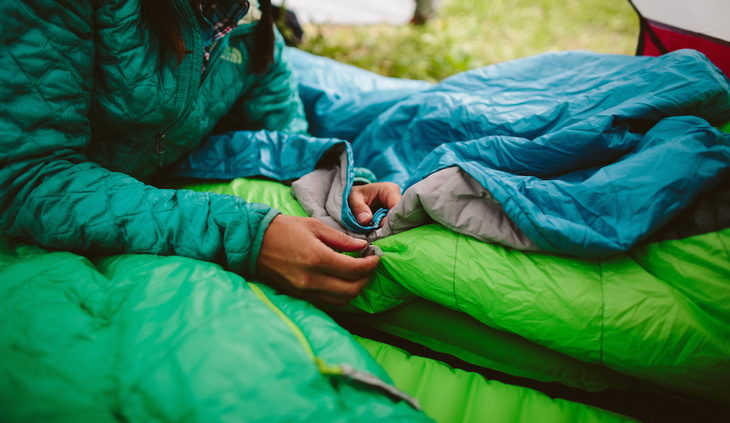
Choosing the Right Material
A less vital consideration than temperature rating but nonetheless an important aspect to take into account when buying you bag is the material it’s made of. Below we’re going to take a look at sleeping bag insulation and shell types, highlighting their benefits and drawbacks, and where they are going to be of most use to you.
Insulation/Fill
- Down: Usually the comfiest and most easily compressed, allowing you to save on space. Down, however, is far from quick-drying, provides very little insulation when wet, and is also usually more expensive than synthetic materials. Down sleeping bags are great for cold, dry conditions, so if you’re heading on a desert hike or even camping where snow is more likely than rain, down is a very cozy, high-performing option. If you’re planning on a trek in the Cascades, the Pacific Crest Trail or other zones with high humidity, a synthetic bag or a treated, water-resistant down bag is a far better choice, potentially saving you the discomfort of sleeping in a soggy bag and the added hassle of drying it out every morning before breaking camp.
- Synthetic: Cheaper but bulkier than down, synthetic insulation materials (such as Primaloft) are preferred by many for their ability to dry quickly and insulate even when wet. Synthetic bags are great in all conditions and the best choice for those who don’t mind a fraction of extra bulk.
- Water-Resistant, Treated Down: Probably the best fill material in terms of comfort and performance, but usually comes with a hefty price-tag. Great for those with a healthy bank balance and happy to pay for a bag that does just a little bit more performance-wise than its competitors. Given the price and performance of the sleeping bags, they’re likely to be overkill if you’re only planning on a spot of light summer camping in established sites.
- The ‘fill rating’ on a down sleeping bag, which usually ranges from 300 to 900, refers to the density of down – the higher the number, the better in terms of warmth, weight, loft and compressibility.
Shell
Your sleeping bag’s shell is perhaps less important than the insulation, but is again another aspect which can impact on your bag’s overall comfort and performance. The most practical and high-performing sleeping bag shell materials include the following:
- Ripstop nylon or polyester – great for preventing en route repairs but some models are not water resistant and lack breathability. A good all-round shell that lacks the performance of Dyloft or Dryclime but is suitable for camping in lower and less extreme environments such as national park campsites or off-trail locations where optimal performance is not a must.
- Dryloft – water resistant, strong and breathable. Ideal for four-season camping, this a shell made for those heading to the harshest climates and looking for the best performance. If you’re likely to be camping in the high mountains or extreme cold, Dryloft is your best choice of shell
- Dryclime – water resistant and strong. A close second to Dryloft but nonetheless suitable for 3/4-season camping and summer use in the high mountains. For the Rockies, the Alps and Himalayan treks below the snowline, Dryclime will do the job nicely.
- Pertex – light, water-resistant and durable. Used in summer, 3-season and winter bags. These shells are found on a wide variety of bags, from those you’d use in the back garden to those you’d take to Mount Everest or Denali. A tough, high-performing material in all environments.
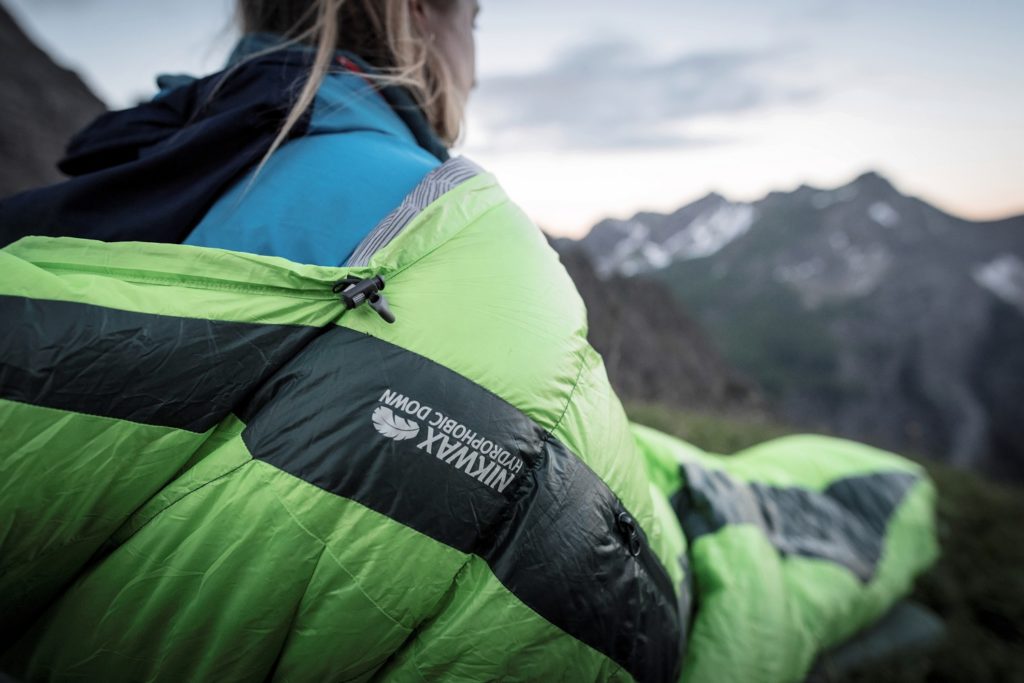
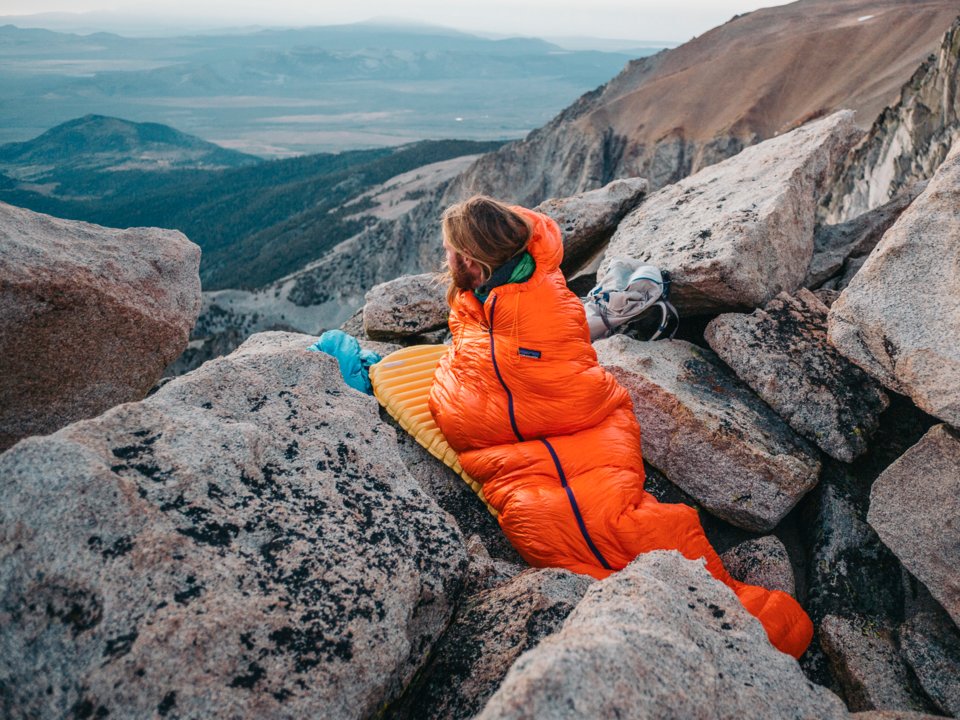


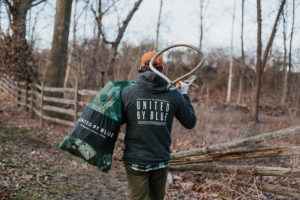

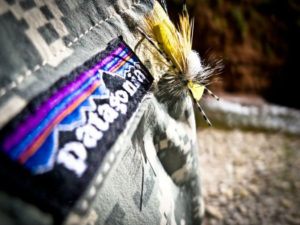
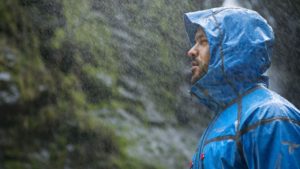

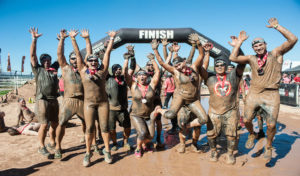
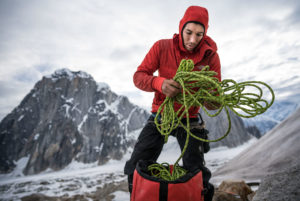
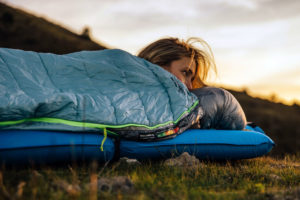
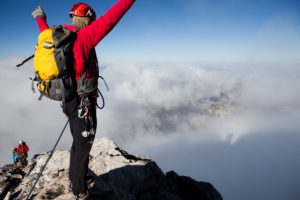
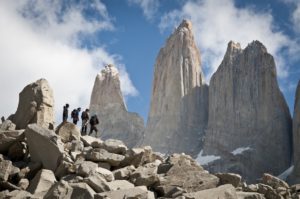

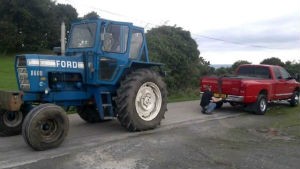

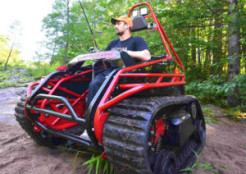
No Comment